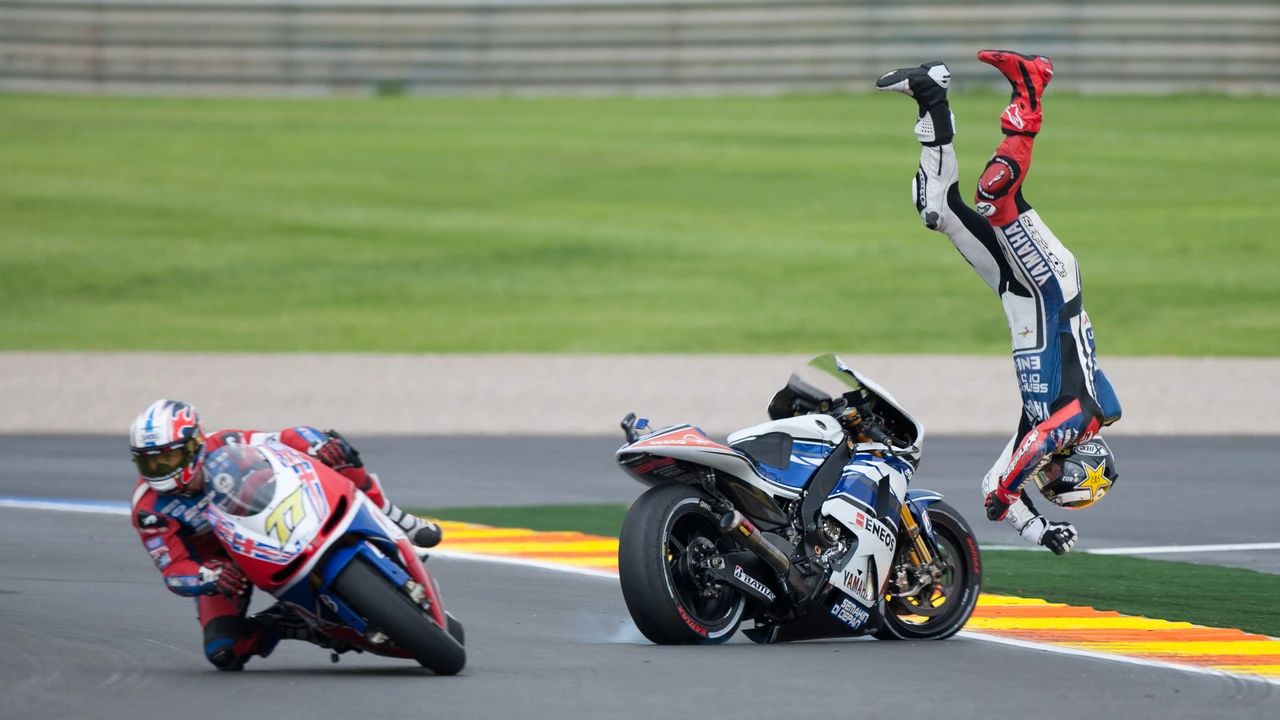Motorbike Training: Your Straightforward Guide to Riding Safer
If you’re thinking about hopping on a bike, the first thing you need is solid training. Good training isn’t just a box to tick; it’s the foundation that keeps you upright and confident on the road. Below you’ll find clear steps and tips you can use right now, no jargon, no fluff.
Why Good Training Matters
Every rider, whether on a mop‑mop or a sport bike, faces the same basic challenges: control, balance, and reacting to traffic. A proper training program teaches you how to manage these in real‑world conditions. You’ll learn how to use brakes smoothly, shift gears without jerking, and keep a safe distance from other vehicles. Those skills dramatically cut the risk of crashes, especially in rain or heavy traffic.
Beyond safety, training builds confidence. When you know how your bike reacts, you’re less likely to freeze up at a busy intersection. That confidence translates into smoother rides, lower fuel consumption, and more fun on longer trips. Plus, many insurance companies give discounts to riders who have completed certified courses.
How to Choose the Right Course
Start by checking if the school is certified by your local motorcycle authority. Certification means the instructors meet minimum teaching standards and the curriculum covers essential topics. Look for a mix of classroom lessons and practical track time – sitting in a room alone won’t teach you how to handle a bike.
Consider the bike you’ll ride. Some schools offer separate classes for beginners on smaller engines and for experienced riders on bigger bikes. If you’re a total beginner, a basic course on a 125cc or similar bike is the safest route.
Ask about the student‑to‑instructor ratio. A lower ratio gives you more one‑on‑one time, which is crucial for mastering clutch control and low‑speed maneuvers. Also, read reviews or ask fellow riders about their experiences. Real‑world feedback often highlights hidden strengths or weaknesses of a program.
Finally, think about the schedule and cost. A good course should fit your availability and provide value. Cheap courses may cut corners on safety equipment or instructor hours, which defeats the purpose.
Once you’ve signed up, come prepared. Bring your own riding gear – helmet, gloves, jacket, and boots – because you’ll get the most out of the lessons when you’re comfortable. Arrive early to meet the instructor and ask any lingering questions.
During the practical sessions, focus on three core skills: smooth clutch release, proper braking technique, and controlled cornering. Practice each repeatedly until it feels natural. Don’t rush; muscle memory builds over time, and the more you repeat the correct motion, the easier it becomes.
After the course, keep honing your skills. Ride in different conditions – daylight, dusk, light rain – to reinforce what you’ve learned. Join a local riding club or group; riding with others gives you feedback and keeps the learning momentum alive.
In short, motorbike training is an investment in your safety and enjoyment. Pick a certified school, match the course to your bike and skill level, and practice consistently. With the right foundation, every ride will feel more controlled, more fun, and way less risky.
